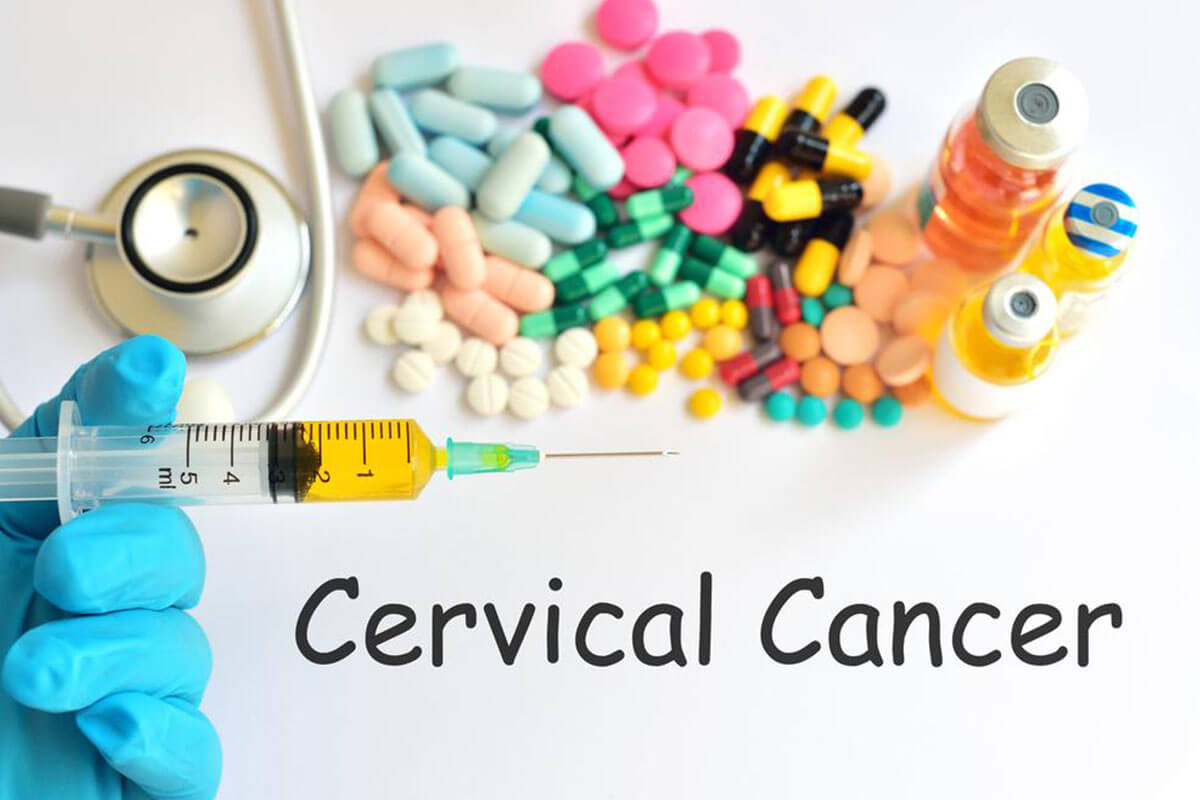
Treatments
Popular Remedies For Vertigo
The defects in the vestibular labyrinth region of the ear cause Vertigo which is characterized by dizziness. Loss of balance and nausea are some prime symptoms of Vertigo. The vertigo disorder can be caused by various factors. Some of them are anemia, diabetes, alcohol consumption, insomnia, dehydration, high cholesterol levels, and head injuries. Infections and allergies, bad sight, thyroid problems, sclerosis, brain tumor and calcium deficiency are other likely causes of vertigo. The main symptoms of vertigo are: Poor vision, pain in the ears and trouble during hearing and focusing are the common characteristics of vertigo. Dizziness, nausea, the sensation of everything moving, facial paralysis, weakening of limbs, difficulty when eating imbalance are some other symptoms the patients may likely experience. The patients with vertigo have limited activities and always feel low. If you detect the symptoms of vertigo it is advised to visit the doctor who will recommend certain medications. However, there are some home remedies for vertigo which work efficiently to keep the problem under control. Here are some of the best remedies for vertigo: Coriander Seeds: Take one tablespoon of coriander seed powder, gooseberry powder and soak them in a glass of water. Keep them in water and filter the liquid in morning.













